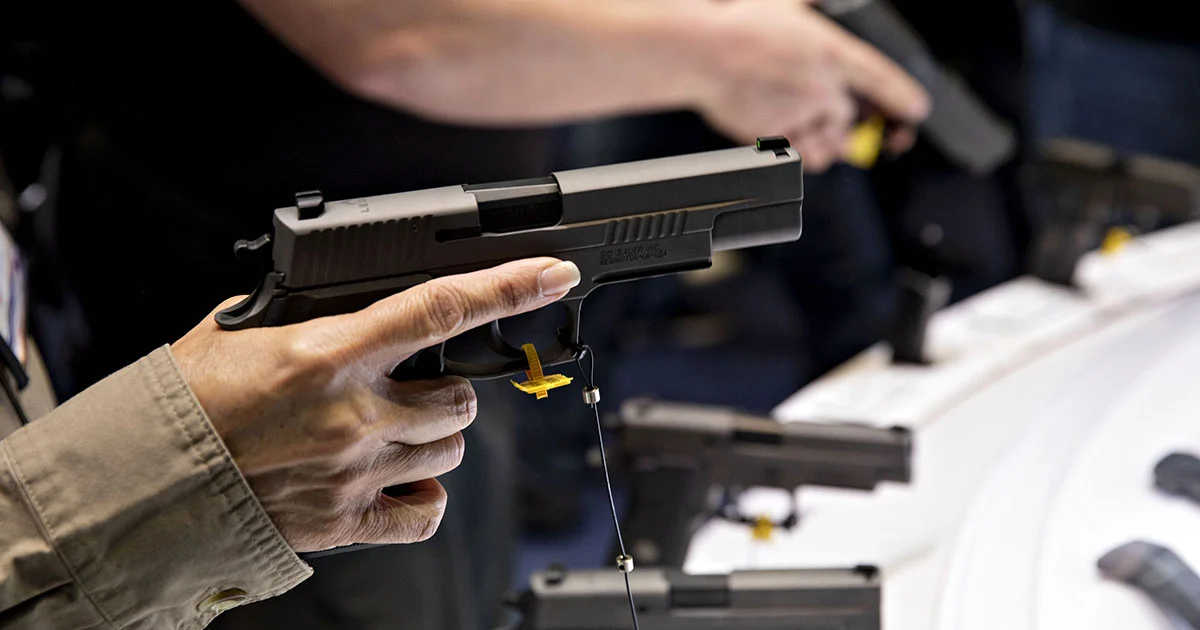This is Part 1 of an award-winning series exploring how the US government aided the global spread of gun violence, prompting the Biden administration to halt most gun exports for 90 days while it reviewed the federal government’s marketing relationship with gun manufacturers.
No company has benefited more from the federal government’s push to boost overseas sales than Sig Sauer Inc.
Last October, a recently fired police officer walked into his stepson’s nursery school in the remote northeast of Thailand and, in under 30 minutes, killed 23 children and two teachers. Panya Kamrab hacked some of his victims to death with a sugar-cane machete and shot others point blank with a pistol, including three local government employees eating lunch outside the school. The rampage, which left a total of 36 dead, ranks as the worst in Thai history and one of the worst in the world.
The killer’s gun, a Sig Sauer P365 — touted by the company as small enough to easily conceal yet able to hold 13 rounds — had traveled more than 8,000 miles from a factory on New Hampshire’s rocky seacoast to Thailand’s lush Nong Bua Lamphu province. It was part of a growing number of semiautomatic handguns and rifles exported by American gunmakers and linked to violent crimes. With about 400 million civilian firearms owned in the US, companies like Sig are seeking new buyers abroad, and they’ve found an eager ally: The federal government has helped push international sales of rapid-fire guns to record levels.
The economic and political forces driving those sales were set in motion after the US assault-weapons ban expired in 2004. But they’ve reached new heights since gunmakers in 2020 won a decade-long battle to streamline export approvals. Semiautomatic American-made guns are now pouring into countries ranging from Canada, with its comparatively strict regulations, to Guatemala, where firearms are frequently diverted into the hands of criminals and the government has trampled human rights.


